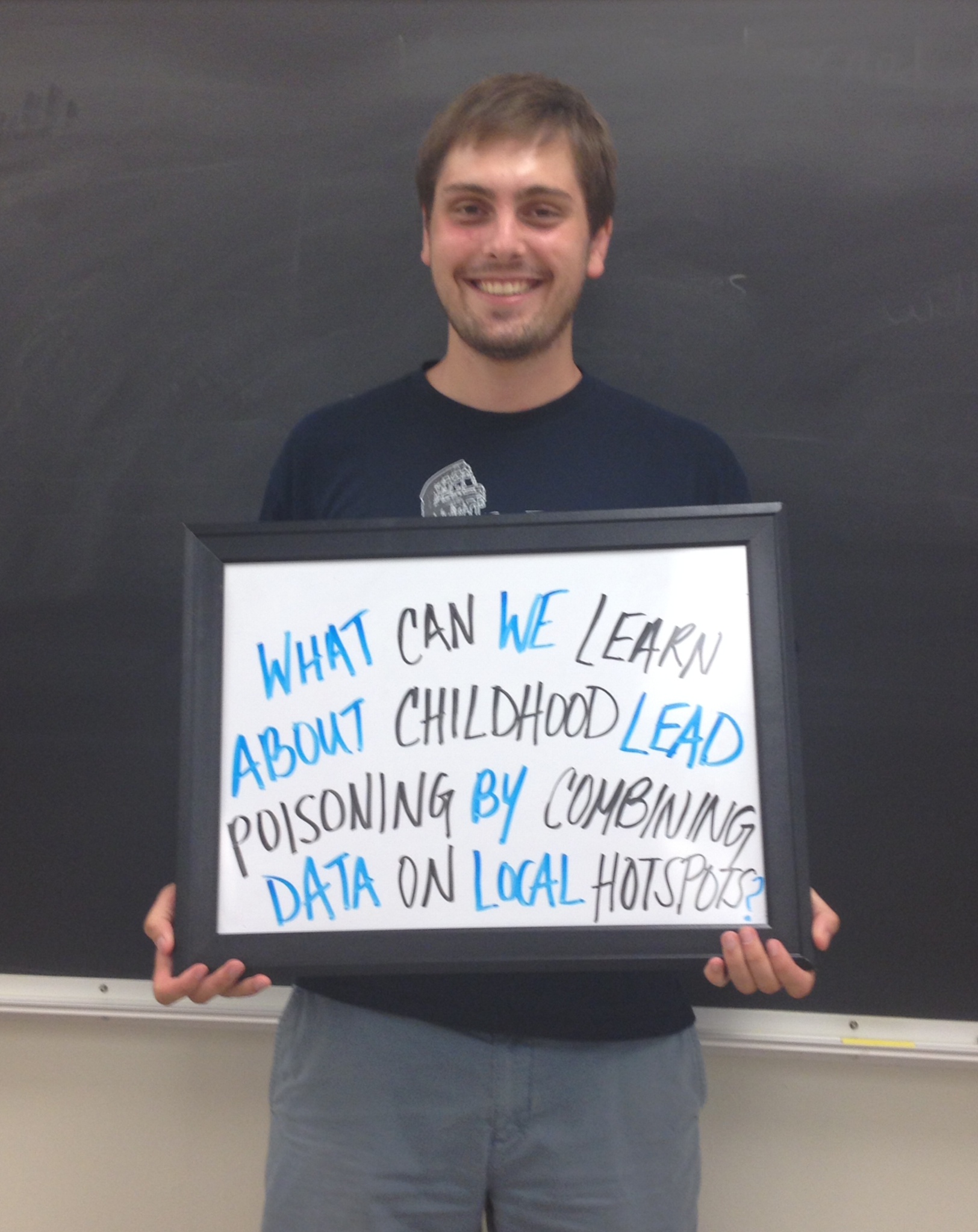STEER
The Center of Excellence in Environmental Toxicology (CEET) of the University of Pennsylvania has received an NIEHS award for summer internships for selected undergraduate students (the Short Term Educational Experiences for Research (STEER). The program includes ten weeks of summer activities including lectures and field trips that expose students to the field of environmental health science through mentorship, coursework, and field experience. Click here for more information on STEER.
Meet 2014 STEER Student Oscar Serpell
I am a rising senior at the University of Pennsylvania studying Environmental Management and Sustainability. I also have a minor in Biological Anthropology,
exploring how humans have historically interacted with our environment on a biological level. This combination of studies has given me an appreciation of how significant our modern times are in the narrative of our species. After graduation, I will be going on to complete a Master of Environmental Studies degree with a concentration in Resource Management. Environmental Toxicology, and lead poisoning specifically, is of interest to me because it is a striking example of how irresponsible environmental decision-making can lead to profound human health effects and substantial loss of resources (in this case, the high cost of remediation).
What is your summer research project?
For my research this summer with the STEER Internship Program, I am assisting Mr. Rich Pepino and Dr. Marilyn Howarth with the determination of the potential correlation between high lead levels in the soil and elevated blood lead levels (EBLL’s) in young children. Over the years Professor Pepino has collected samples in Lancaster City and identified hot spots of high lead levels in the soil. Using ‘Geographic Information Systems’ (GIS), I am mapping the several dozen non-random soil samples taken by Professor Pepino, and over-laying data that shows the areas of the city that have the greatest number of children with EBLL’s, provided to us by Dr. Michael Horst, an epidemiologist at Lancaster General Hospital.
Childhood lead exposure, even in very small doses, can lead to serious behavioral and cognitive impairments that can affect an individual for the rest of their lives. The most common lead exposures for children are through lead contaminated paint chippings, dust, toys, and water. Recent research also clearly indicates that soil may also represent a significant risk to children in the 0-6 year age bracket. Click here for more information on lead and CEET’s activities in Lancaster.
What are the implications of your research?
If a correlation between location and high lead levels does exist, it would suggest that there might be historic industrial practices or activities in Lancaster’s past other than lead paint that are leading to soil lead levels of significant concern to public health. Any further evidence for or against this hypothesis will require an extensive and systematic lead surveillance project like the one we hope to fund with this grant. If a concentration was found, and an appropriate source was identified, this project would provide the field of Environmental Toxicology with further evidence that sources other than paint need to be considered when attempting to help communities remediate its lead hazards.
What new skills have you gained through this experience?
I started this internship with no prior experience with GIS. I have learned so much just by working with this data and now feel confident in constructing basic maps with the software. I have also learned from Rich how to track down the information you need, and the people you need to contact. As he puts it, you need to find all the pieces before you start building the puzzle.
We want to hear from you!
Please share with us any questions you have regarding asbestos or any other environmental health issues by using the comment field, contact us, Twitter or Facebook!
Have a suggestion for a topic to be covered in our blog? Let us know! We would love to cover a topic that you are interested in learning more about!
Follow #IamEH for all of our posts and learn about what environmental health questions are being asked all over the country!





